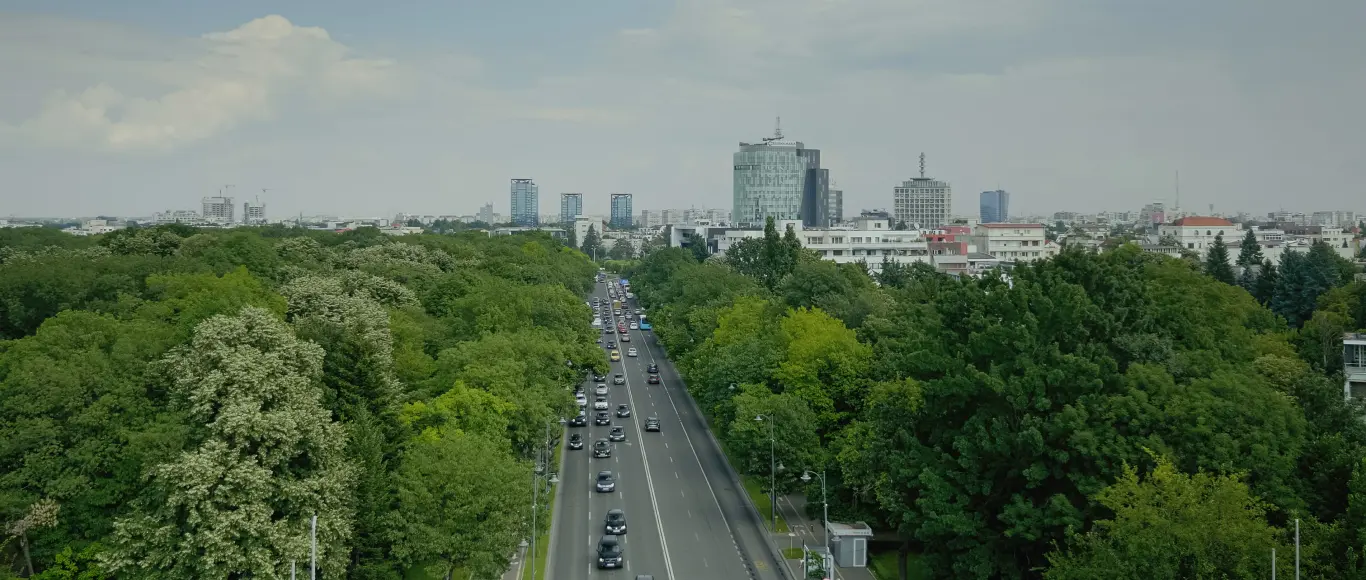Drawing on our principles for policy design we will review the development and implementation of the Clean Air Zones (CAZ) and alternative proposals.
This report was commissioned on behalf of the Innovating for Transport and Energy Systems (ITES) initiative to help ascertain the role CAZs could have in both reducing urban air pollution and encouraging the decarbonisation of the road transport sector in India. The report considers the suitability of a CAZ or similar scheme for India.
Download report
Read about learnings from the experience of roadside emissions.
loerm ipsum is simply dummy text of the printing

Key findings
The report identified the following opportunities for innovation:
- Technological developments: Incentivise businesses and other road users to invest in innovative technology to monitor and reduce emissions, for example:
- Innovations in vehicle emissions. Policies to reduce emissions from buses across the EU have encouraged significant investment and advances in the electrification of heavy vehicles.
- Innovations to reduce the cost of real-time localised monitoring and improve transparency of local emissions to ensure policies are having a material effect on emissions reduction.
- Innovative services: Creating a market demand for more accurate and real time monitoring and use of digital applications to increase public awareness and engagement. In addition to encouraging behaviour change, public awareness and engagement can also lead to demand for new technologies, such as personal monitoring devices.
- Data accessibility: Making air quality data accessible to innovators helps identify opportunities for innovation.
- Innovative spaces: There may be opportunities to transform how local areas are used, making some areas car free. Some areas host car-free street events to increase public awareness and promote alternative uses for existing roads.

Stay updated
Be first to hear about SME support, UK – India innovation, cutting edge pilots, insights and more.
loerm ipsum is simply dummy text of the printing



